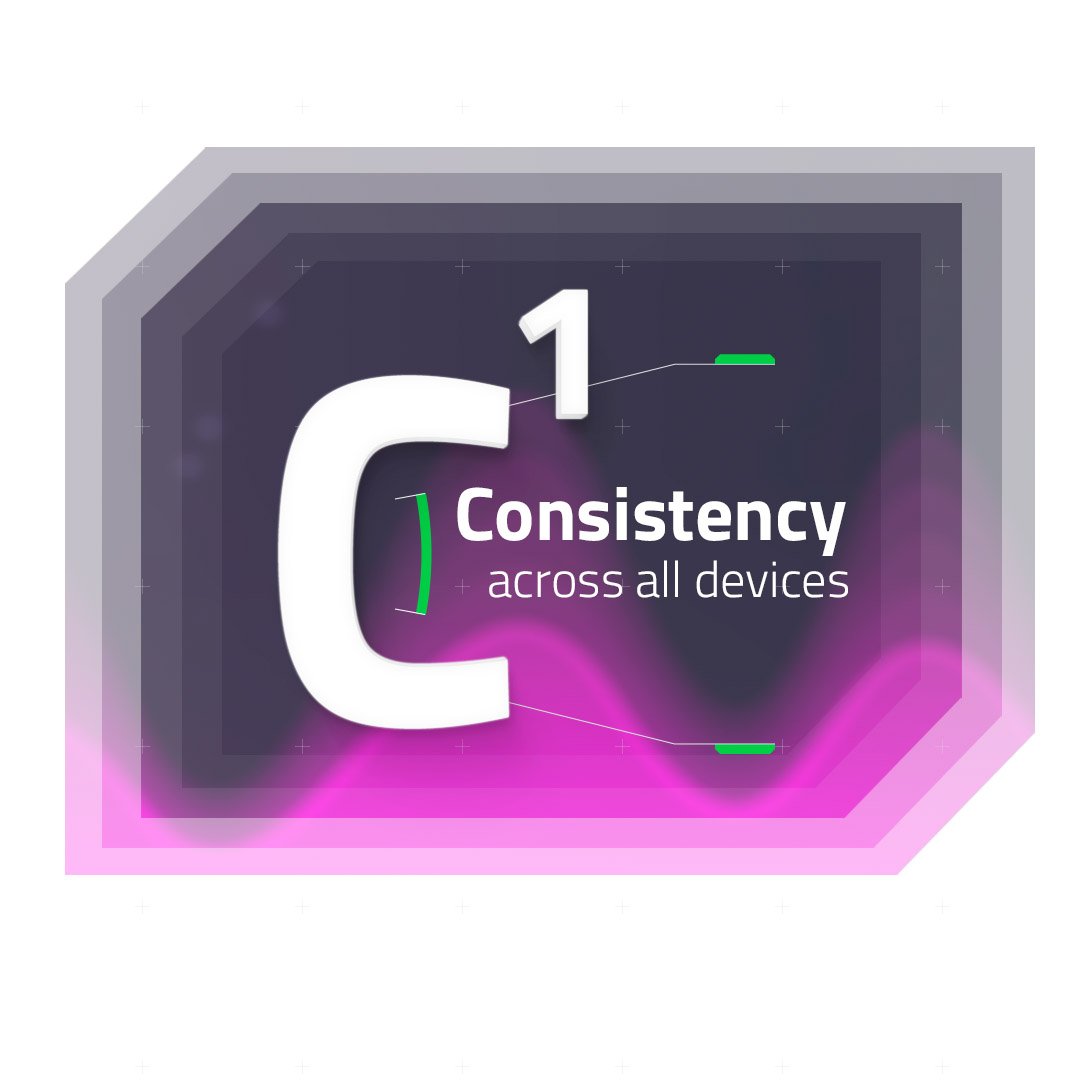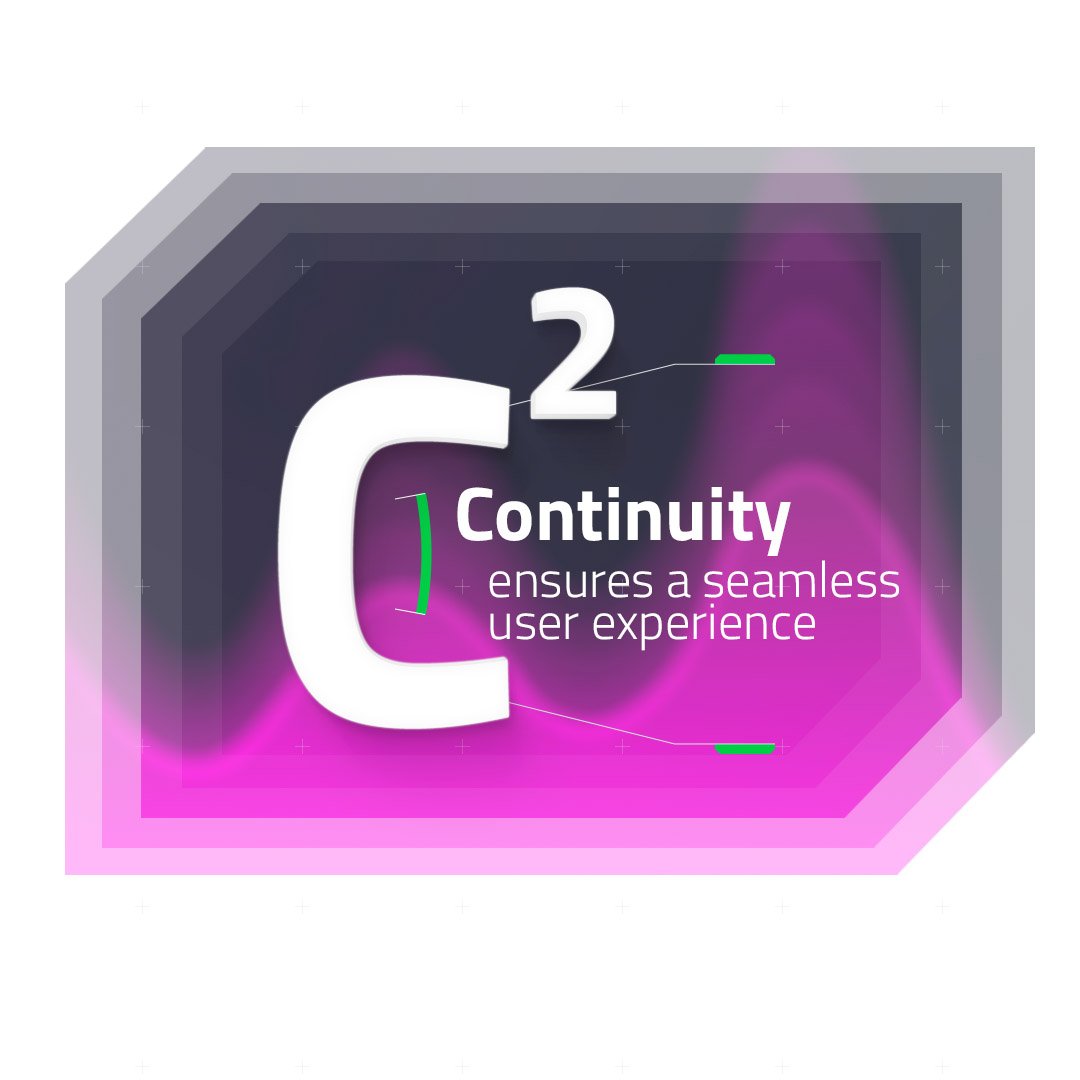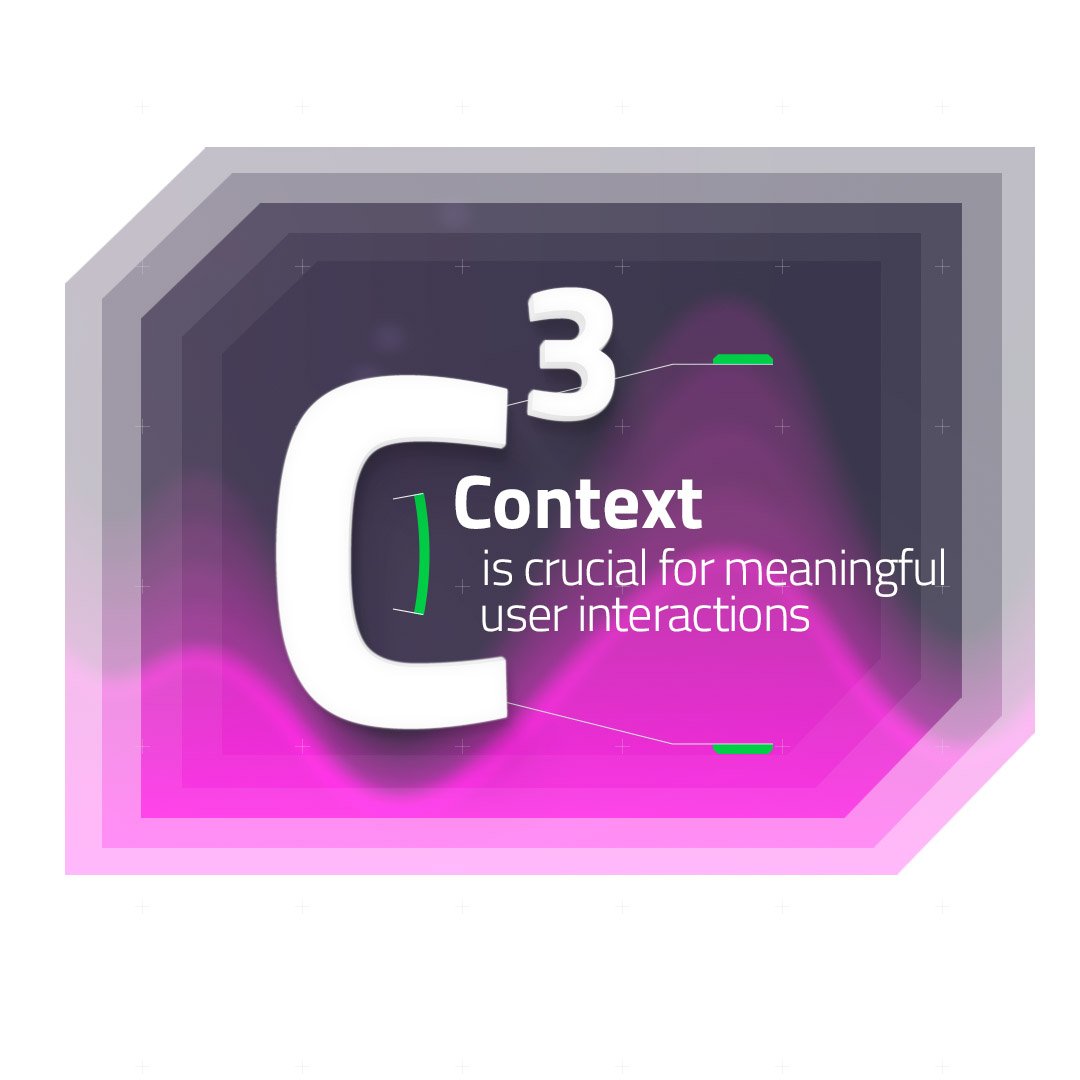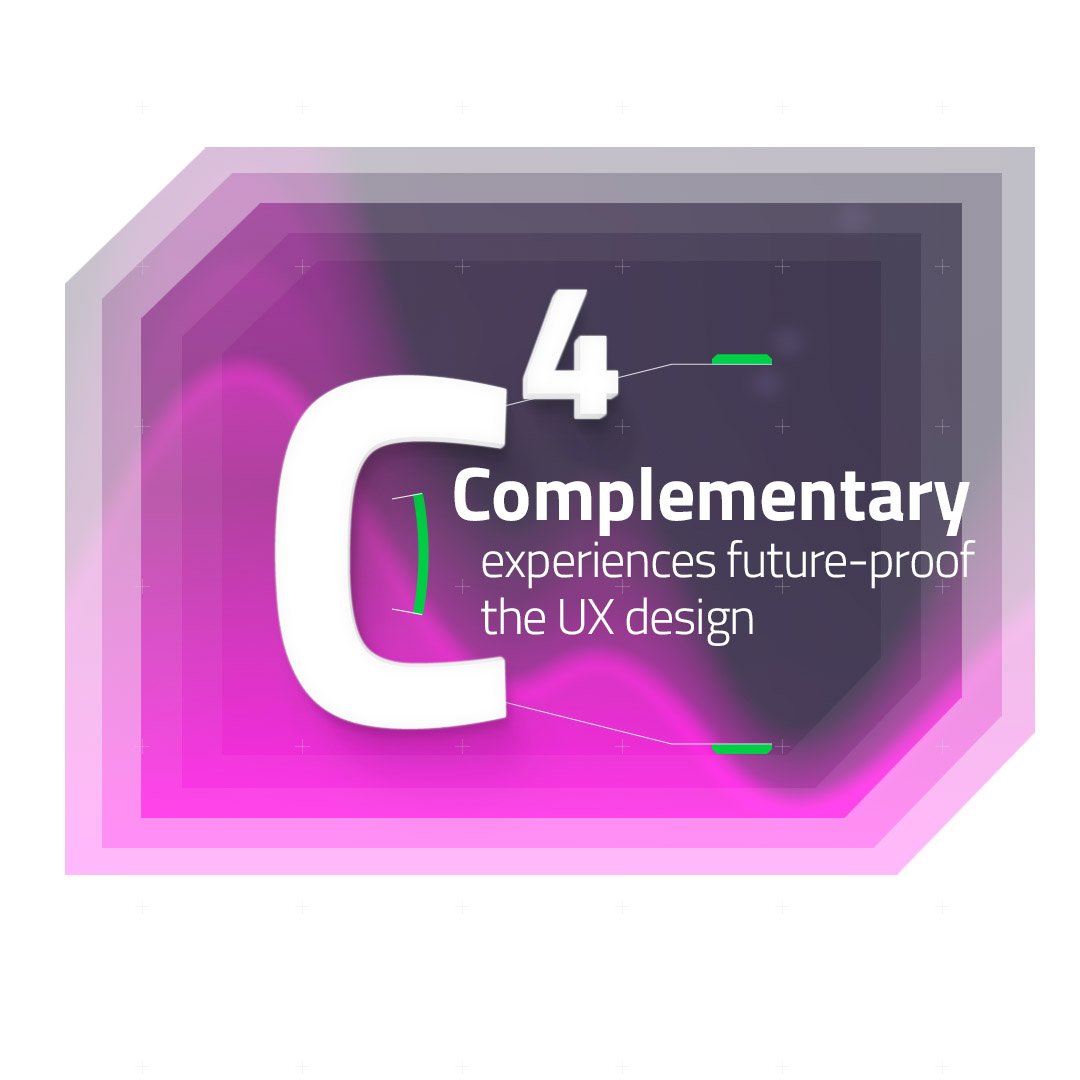How the 4Cs of UX design benefit your software development
The 4Cs of UX design are a key set of principles to follow in putting the user first. By considering the elements of Consistency, Continuity, Context and Complementary in everything our team develops, we’ve put the end-user experience at the core of the Qt platform and tools. This is how our customers can use Qt to create a seamless experience for users across almost any device or platform – all with the same code base. By following these four principles, Qt has built a software-development framework and tools that make it easy to delight your customers.
Let’s take a look at the 4Cs one by one.
Consistency across all devices

The first cornerstone of building a strong brand is consistency. This means consistency not only in look and feel – colors, fonts, tonality, etc. – but also in terms of user experience. When engaging with your products and services, customers expect the experience to be the same across all your touchpoints. This is how you build brand equity and loyalty. We’ve designed Qt to enable just such a consistent experience.
“When you start developing your UI and applications using Qt, you can provide a consistent brand image and experience no matter which device you’re developing for,” says Qt Embedded Business Line Director, Patrick Dalez.
“With Qt you can easily maintain the consistency of your UI across a companion device and a device with a larger screen. There’s no separate coding needed for the different devices to maintain a consistent experience for your customers,” says Dalez.
The Qt framework is not bound to any specific industry, vertical or use case either. It works just as well whether you’re developing embedded controls for a washing machine or the UI for a mobile device. Consumer electronics and appliance manufacturers typically offer products at low, medium and high-end price points, yet want the experience to be consistent across all the tiers. Qt has been developed to ensure this.
Check out how Qt can be used to develop a consistent and enriched experience for controlling and monitoring an oven across multiple devices.
Continuity ensures a seamless user experience
Nowadays we all use multiple devices and expect to be able to switch seamlessly between them. For many people this experience manifests daily through their interactions with smartwatch, mobile and desktop apps that work in unison.
UX designers and developers are responsible for creating this continuity, allowing users to enjoy a completely seamless experience. Features may be different from platform to platform and device to device, but elements of continuity need to be built into the experience.
“On a companion device you still need to maintain the continuity of the UI that you’re providing on bigger screens. With Qt you can do this,” says Dalez. “Our framework eliminates the need for development across different platforms. Instead of re-coding each time, you just need to code once and the customer experience is seamless no matter which device you’re using.”
Qt includes tools covering all the phases of the product development process, simplifying and ensuring continuity across design, development, quality assurance and go-to-market. While there are hundreds of tools available for each discipline, Qt stands out as a framework with tools for every stage of the development process.
Check out how consumer-electronics giant LG uses Qt to build a continuous cross-device experience.

Context is crucial for meaningful user interactions

A user’s interaction with and experience of a device is bound by the context in which the device is most often used. This is another key aspect we’ve considered in developing Qt, as Dalez explains:
“Let’s say you’re using a wearable companion device, such as a smart watch. When you receive a new alert, you don’t necessarily need to see the full text message as you would on the desktop. A notification may be enough,” he says. “The full experience can be enabled on the smart watch if the developer wishes, but Qt gives you the freedom to decide without restrictions.”
This also applies to industrial automation applications designed using Qt. For example, a machine operator may monitor equipment through a dashboard view on a laptop or desktop in a control room. With Qt, the critical data and the UX experience can be transferred seamlessly to a tablet or a mobile device as the context changes, such as when the operator heads out onto the factory floor to check or maintain the equipment.
We’ve also thought through context from the perspective of designers and app development teams who may not be in the same location or time zone. Thanks to working in a shared development environment on a single body of code, one team can easily pick up where the other left off – with complete transparency at all times.
Complementary experiences future-proof the UX design
The final aspect to consider in great UI design is the extent to which a device experience opens up the possibility of something new for the user. This can either be an enhanced device experience, a complementary one, or even a commercial opportunity. In part this is about future-proofing, which is something we’ve built into Qt too.
“With Qt you’ve got the power to enable things like 3D experiences and advertising,” says Dalez. “The capability to create a 3D user-interface brings new opportunities to create different kinds of device interactions, while implementing advertising into your apps allows new monetization capabilities or business models.”
“We also enable cloud- and browser-based solutions, which are handy if you want to configure and manage devices remotely in the field,” he says. “With Qt, moving to the cloud or a browser is possible through a no-code or low-code approach. You can manage devices remotely without needing to create native apps for them.”

.jpg?width=450&name=1080x1080_Webinar_2-3Speakers_Template%20(1).jpg)
